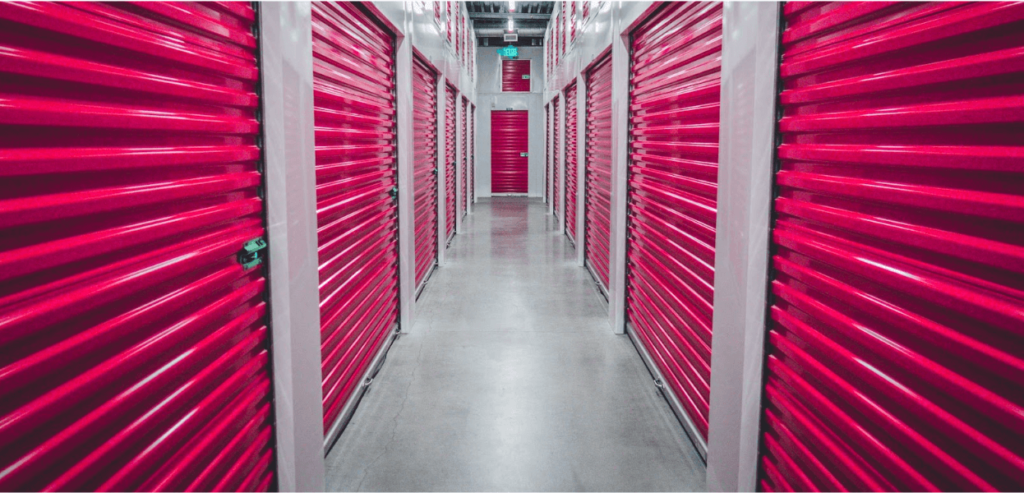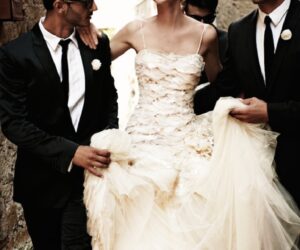It’s not at all uncommon for self-storage users to throw all of their items in their unit without thinking about how that may impact their ability to find something. But that’s the least of your problems. Without proper organization, your items could be damaged or completely unusable.
How to Organize Your Storage Unit
Self-storage units aren’t bunkers, so there’s always a possibility that bugs, storms, or collapsing boxes could destroy your things. Use these organization tips to ensure that doesn’t happen.

1. Find a Temperature Controlled Unit
Staying organized means being timely. Always keep in mind that temperature-controlled units are the first to go, and it’s rare that a popular storage facility won’t have a waiting list for these units. If you want to keep your items safe, search for one of these units.
For example, if you live in Austin, Texas, or you’re moving to the area, you can look up climate-controlled units on Self Storage Finders. If you can’t locate one in time, you could lay down plastic sheets or planks of wood that can act as a barrier between moisture and mildew.
2. Pick One Sized Box and Label Them
If you have large pieces, like furniture or appliances, it’ll be tricky to stuff everything in your unit. However, if you use the same-size box for all of your items, you’ll be able to store most things easily. Just make sure all of your heavy items are placed at the bottom of your storage unit.
Don’t forget to label each box before putting it in storage. This will make it easier for you to visually see what’s in your boxes, so you don’t have to unpack anything to find something.
3. Identify the Items You’ll Need Access To
Things you don’t need regular access to can be placed at the back of your unit. However, you’ll probably need to access seasonal items, mementos, and the following things:
- Winter and summer trip supplies (sleds, sleeping bags, tents)
- Winter and summer clothing (jackets, ski suits, shorts, sandals)
- Holiday items (Halloween costumes, Christmas decorations)
- Tools and hobby supplies (ski equipment, paragliders, workout equipment)
- Children’s toys (old toys, unused technology, out-grown items)
- Office supplies (tax papers, fax machines, printers, computers)
If you plan beforehand, you’ll have access to all of your needed items without having to rifle through your things. Ideally, you should keep these boxes at the front of your storage unit.
4. Create an Inventory List and Map Layout
An inventory list can come in handy if you’ve forgotten what you put in your unit. That way, you don’t have to make unnecessary trips to the storage facility when you need something that’s already at home or thrown out. There are digital tools you can use to make your inventory list.
Don’t forget to plan your layout before you fill your unit. If possible, make a path that lets you access more boxes and place all of your furniture against the wall opposite of your boxes.
5. Install Shelves and Logically Stack Boxes
If you’re planning to use your storage unit for several years, install shelves along one wall of the unit. Even if you plan to temporarily rent with a self-storage company, there could be a delay in your move that causes your items to sit for a while. If that possibility is high, use bookshelves.
Bookshelves can be used to keep your delicate items off the ground. Plus, you can use them in your new space once you’re moved in. If you don’t want to invest in shelves, make sure to stack your boxes logically. Put heavy items in the bottom and needed boxes at the front of the unit.
6. Upgrade to a Bigger Unit, Just In Case
It’s easy to underestimate how much storage space we need, even after accounting for large items. Sometimes your measurements may be off, or you’re not able to maximize the space because your furniture will take up a portion of it. Either way, getting a bigger unit is a good idea.
A bigger unit is ideal for people who want to install shelves, store their items long-term, store appliances or mattresses, or need a climate-controlled unit, but smaller options aren’t available.



